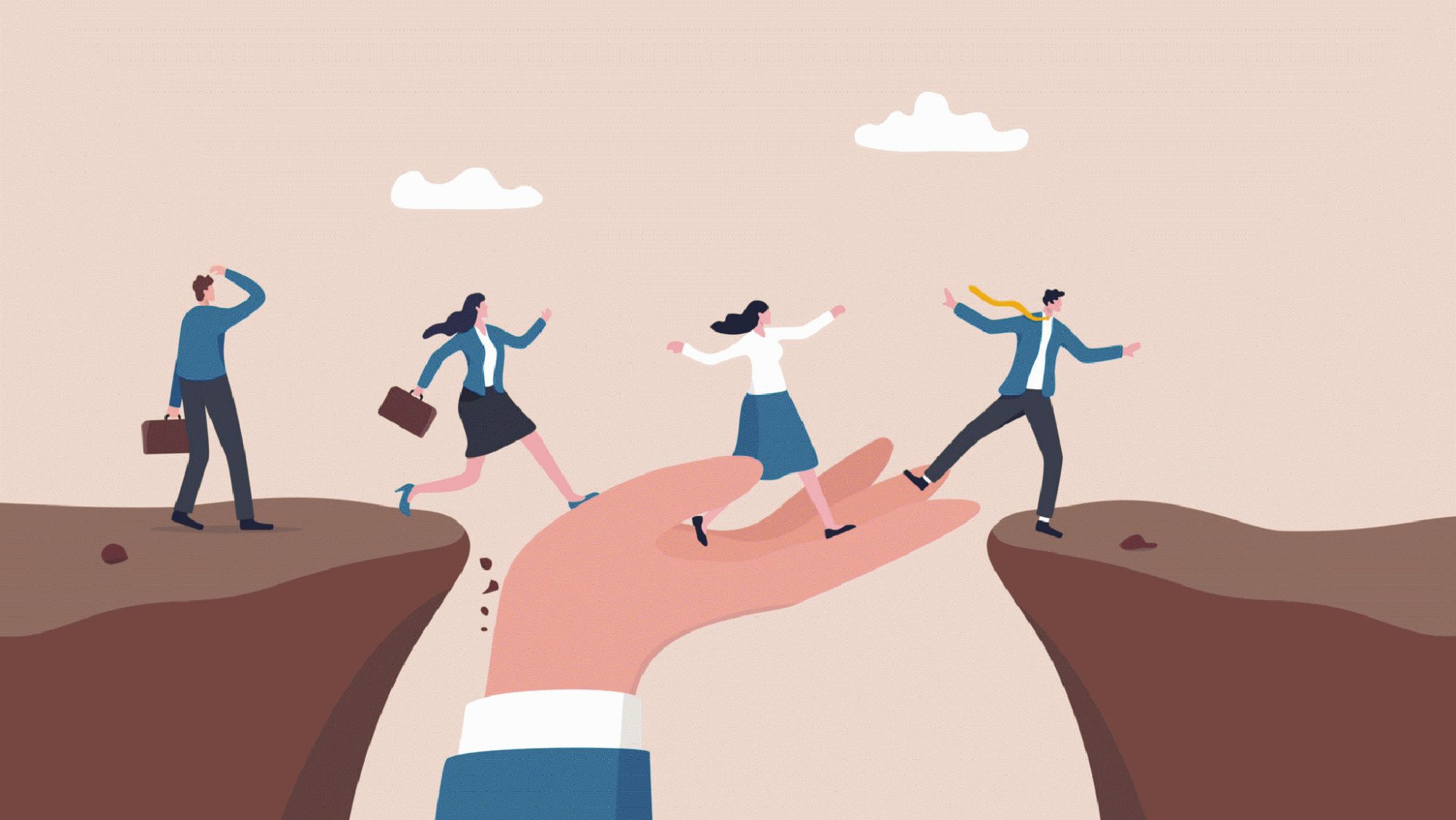Design leadership: What does that mean?
A short story… I am the Design Director (Head of UX and Design) of a 🦄 billion-dollar digital bank in Saudi Arabia. I am the team lead of 15+ UX/UI design, UX writer, UX researcher and visual designers, people spread over a variety of offices and disciplines.
As a leader I love helping designers produce their best work. I really enjoyed being involved in the conceptual discussions, helping integrate design-thinking across the business, embedding human-centered design practices in engineering teams. I was good at it. I want to help lead others, and I also want to design.
Head of Design
Through a bit of trial and error, I discovered the Principal Design and team leads roles — positions I’ve held at various tech companies since. I get asked a lot what a Principals actually does, and whilst I can’t answer for every company — I can tell you what I do 🤔.
In my experience, it’s been a role where I get to practice my craft (i.e. feature design, working with engineers, shipping cool stuff to customers) whilst also helping other designers produce their best work. I lead by example, whilst coaching other designers to achieve excellence on their own terms.
It’s leadership, but in the sense that I’m accountable to the success of other people… but not responsible. That’s how I measure my success — if the people around me feel more creative, productive and supported in their role… then I’ve done a good job.
The role plays out to be about 60% hands-on feature work, and 40% design operations. The hands-on work for a Principal tends to be higher impact, more strategically important features — or projects that need a bit of a helping hand. The remaining 40% is a bit fuzzier, but is defined by making sure everyone has what they need to do great work — that varies place to place, but is mostly covered by design operations, coaching and communicating the work with the stakeholders.
Design Ops ⚡️
In this capacity I make sure the teams I work with have the tools and processes necessary to do their best work. That can take many forms, and ranges from building out and scaling design systems, finding new ways to collaborate remotely, writing documentation on how to work more effectively, or simply maintaining the suite of tools necessary for modern, user-centered design.
The way I approach the above is to look for ways teams work that don’t scale, or where certain struggles have become commonplace — and build structure around them. At Campaign Monitor that involved building better relations between design and engineering, at the bank is was to find ways to help designers feel more inspired and creative, I established design systems and facilitated remote communication, and I’ve been building collaborative practices.
Coaching
In 2017 I opened my coaching practice, Rookiup and Interaction Design Foundation (IxDF) as a way to gain more exposure to designers outside my immediate role. Since then I’ve had the pleasure and absolute privilege to coach 200+ designers from all over the world.
I see myself as an ally ☺️ to the people I coach, both within the companies I work for and freelancers. I help my people navigate career growth, develop concepts and overcome tough creative challenges — with a focus on happiness, creativity and mental wellbeing. I lead with curiosity, honesty and vulnerability — and in doing so I’ve learned an incredible amount about design, communication and myself.
I’ve coached designers from household names like Facebook, Zillow and Uber — but also talent from emerging markets like Nigeria, India and Brazil — from juniors just setting out, to seniors navigating burnout. It’s hard to know the impact you have as a coach, but people have said some nice things about me…
